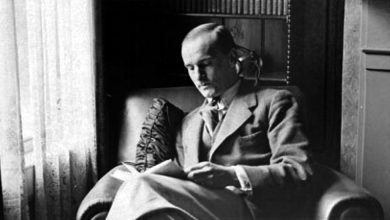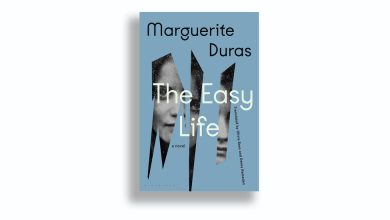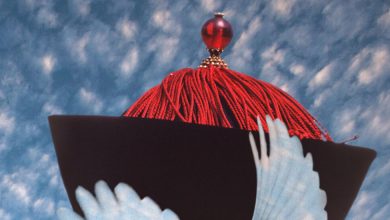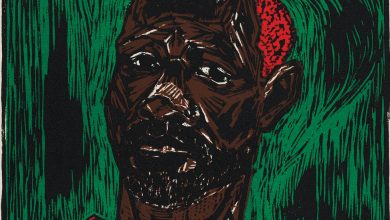It’s a Woman’s World. We’re All Just Living in It.
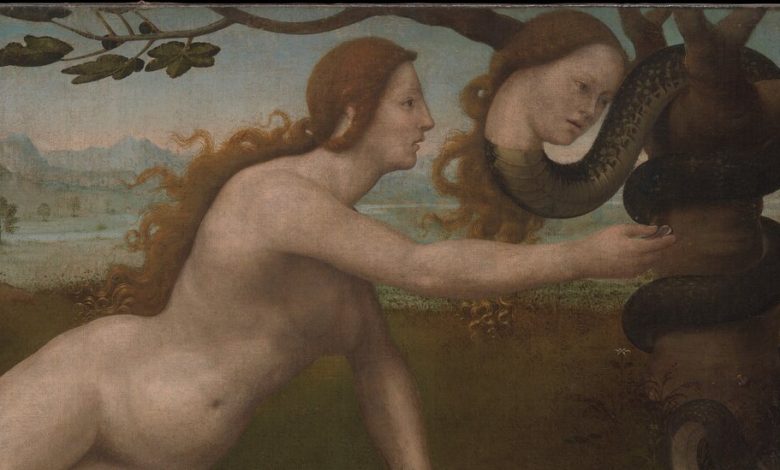
Supported by
SKIP ADVERTISEMENT
-
Share full article
Back
-
Share full article
EVE: How the Female Body Drove 200 Million Years of Human Evolution,by Cat Bohannon
In the opening scene of “2001: A Space Odyssey,” a pack of male hominids gather, screech and chase one another around Stanley Kubrick’s set. Then one picks up an animal bone and starts dominating. Humanity has dawned. Ta-da!
If this tableau is newly familiar, it may be because Greta Gerwig restaged it in “Barbie,” imagining the moment with a doll instead of a weapon. But when Cat Bohannon, a narrative theorist and poet, rewrites the same scene, she has grander ambitions. She wants to change how we understand all of human evolution — to tear our eyes away from “the clever ape — always male” — and force us to consider the female of the species. How did our needs, and our anatomy, spark pivotal breakthroughs? What about the Dawn of Woman?
That question animates the high-velocity, high-impact “Eve,” part owner’s manual for the female body “from tits to toes”; part sweeping saga of mammalian history; and part clapback against the tendency of much evolutionary thought to place men, and their furry mancestors, at the center of the action.
Bohannon has different protagonists in mind, and she whips through the millennia sketching early “Eves” who may have gotten us where we are now, from a lactating “weird little weasel-beast” of dinosaur times to Ardipithecus ramidus, the first known ape to walk upright.
While some scholars, “waxing poetic about ancient male hunters,” chalk the evolution of bipedalism up to males needing to use their hands to secure food, she believes that the female “Ardi,” responsible for baby care, would have been motivated to venture out for food herself. Similarly, one popular theory of language development holds that men evolved to shout at one another while hunting. But Bohannon uses everything from the brain’s patterns of learning to mothers’ ability to speak in infant-friendly tones to make the case that language was invented between baby and caretaker.
And if you’re talking about pivotal evolutionary breakthroughs, consider nursing. Not only does the infant’s mouth prompt the mother’s body to make milk, but research shows that the milk is a magically on-demand concoction, “co-produced” in response to signals that the baby sends by flowing its saliva into the mother’s nipple to indicate it is stressed or sick and in need of a specific recipe.
Our bodies did all this because it was necessary, Bohannon argues. The thing our species has always needed most is the survival of its babies — and the creatures who bear and breastfeed them. “In the mammalian game, you can always make more boys,” she notes. “The loss of a healthy, young female is incredibly expensive.” (In this view of evolution, in other words: She’s Eve. He’s just Ken.)
At the heart of this argument is understanding the gauntlet that is human birth: Between our especially ravenous fetuses and the challenge of pushing a big-brained baby out of a birth canal made smaller by walking upright, humans are “demonstrably worse” at reproducing than most other mammals. And yet, somehow, there are eight billion Homo sapiens on Earth.
How did we do it? Via “our ancestors’ most important invention,” she says. “It wasn’t stone tools. It wasn’t fire.” Rather, the “very reason we’ve managed to succeed as a species was … gynecology.”
(“This may be hard to accept,” she acknowledges, deadpan.)
But should it be? Bohannon isn’t just talking about ancient specula (though they exist); she means knowledge about delivering babies, treating infections and regulating fertility. The real heroes of humanity, then, are midwives.
Bohannon has a poet’s voice — most animals “are essentially lumpy doughnuts filled with ocean” — and a reporter’s eye. “Eve” is an endless source of dinner-party trivia, much of it inappropriate for actual dinner parties. (Only humans and killer whales go through menopause! Rats abort their fetuses if a new love interest enters the picture! Rhinos have lightning-bolt- shaped penises!)
But she’s interested in more than entertainment, and “Eve” also suggests a new way of thinking about one’s body: as a thing of time, built on a foundation developed over millions of years. Some parts are older than others: The bladder evolved long ago, per Bohannon, but the female urogenital tract developed its current “three-holed” plan much more recently,and apparently is still working out some kinks — one reason the modern reproductive system is prone to birth defects and pelvic-floor issues.
Yet despite these real-world implications, science still fails to properly consider female bodies, she contends. Studies about erectile dysfunction far outnumber those on that magical breast milk. And researchers are only beginning to look at the reasons older women are more likely than men to outrun cancer, heart disease and lung disease. (Throughout, Bohannon is careful to note that she’s speaking of biology and not gender: Trans women are women, too.)
Reframing human history is an ambitious job, and some of Bohannon’s concepts inch ever farther out on their speculative branches — especially noticeable when the subjects most clearly touch our here-and-now lives. She floats the theory that queer populations may have thrived because people with “no easy ability to produce children of their own” were a useful source of “extra hands for child rearing” for their hetero peers. But gay people can and do reproduce (and, as she notes, often historically have been forced to). More persuasive is her observation that despite religions persistently declaring homosexuality unnatural, it is common enough “across cultures, centuries and even species that whatever part of homosexuality is classically heritable … can’t have been too strongly selected against.”
And while Bohannon’s sense of time is vast, her sensibility feels distinctly Western: Her models of strength are women in the American military; her shorthand for modern misogyny is ISIS. At one point, she laments the supposed absence of standout women scientists in the Middle East; it lands as condescension.
Speaking of women scientists: Their work underpins Bohannon’s confident book, but most go unnamed outside the endnotes. That’s a shame, since one reason evolutionary biology has been so male to begin with is that women in the field say they’ve found it difficult to combine work with caregiving; a book elevating the study of female biology would have been the perfect place to remedy this underrepresentation.
But “Eve” makes a powerful argument for the pivotal role female Homo sapiens have played in making us “human” — which raises an obvious question. If our lives are so valuable, our well-being so crucial, how on earth did sexism develop?
Bohannon’s answer — that humans opted into monogamous patriarchy in order to control reproduction — makes you wonder whether a matriarchy with solid obstetric skills couldn’t have done the same trick. But however we got here, she concludes, we need to reverse course. Patriarchy is now a “runaway train” at odds with our survival, as it raises the maternal death rate, spreads S.T.D.s and increases poverty.
And sexism isn’t the only thing killing us. “Eve” is a love letter to the ancient, creaking wonder that is evolution. As we come off the hottest summer on record, the dream is that we continue to evolve, our species continually transforming — ifwe get the chance.
Cindi Leive is the co-founder of the media company The Meteor, and the former editor in chief of Glamour and Self.
EVE: How the Female Body Drove 200 Million Years of Human Evolution |By Cat Bohannon|Illustrated | 616 pp. | $35

